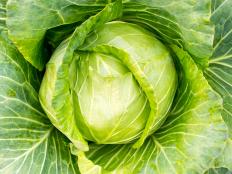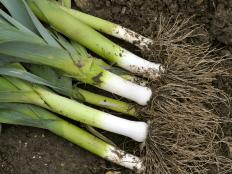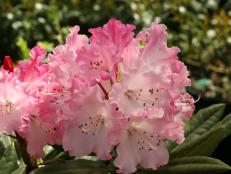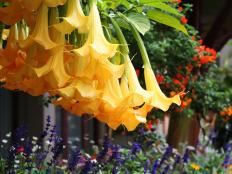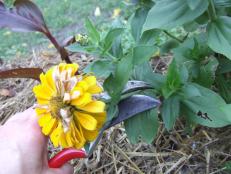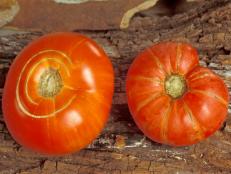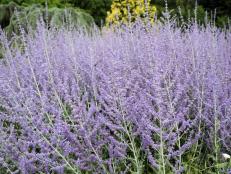What to Plant in July
Don't give up on your garden when the weather is hot. Learn what to plant in July and you can still enjoy many of your favorite veggies, herbs and flowers.

Shutterstock/Alexander Raths
Fast-growing leafy greens are a good choice for planting in July. They can take the place of other crops that you've already harvested and they'll be ready to pick before frost.

July is usually the hottest month of the year in the United States, and your plants know it. Cool-weather crops like lettuce and spinach revolt against the heat and turn tough and bitter, while herbs like cilantro quickly flower and die. Columbines, bleeding hearts and other early flowering ornamentals, including spring bulbs and many wildflowers, stop blooming or, like pansies, get leggy and struggle to even survive.
If you planted in the spring, your heat-loving edibles, like tomatoes and beans, are probably still producing, and herbs like rosemary, thyme and sage are thriving. But don't worry. Even if you didn't get an early start, there's still time to plant lots of veggies, herbs and lovely flowers.
Here's the key: If you garden in a cool region, plant crops that mature and ornamentals that bloom before the first fall frost. If you garden in a warm region, where the first frost arrives later in the fall, you can grow plants that take longer to mature or bloom.
How to Know What to Grow in July
Many gardeners practice succession planting in July, which means they've already grown one crop, and they're ready to plant again. Even if this is your first planting, you need to know a couple of dates.
If you're growing plants from seeds, read the seed packets to see how many days it takes for each vegetable variety to mature or each kind of flower to bloom. If you're growing vegetables from young plants, sometimes called starts or transplants, check their tags or labels or do some research to find this information. (If you're growing young flowering plants, they're probably already in bloom.)
Next, find the average first frost date for your area. Your local extension service or a neighboring gardener can probably tell you. Choose varieties that will produce or bloom before that date. Some will be labeled "early maturing."
For example, if your average first fall frost is November 13, and you're planting in early July, you need a pumpkin variety that matures before then. Most pumpkins take 90 to 120 days, so you'd need a variety that's ready in about 85 days, like miniature 'Jack Be Little'. Remember: Average frost dates are just estimates, so your plants could get hit by an earlier, unexpected frost. It's a good idea to add a little extra time to your planting schedule or be ready to protect your plants. (If you're in USDA Gardening Zone 3, you have the shortest growing season in the US. Temperatures there can drop to -30 degrees.)
Vegetables to Plant in July
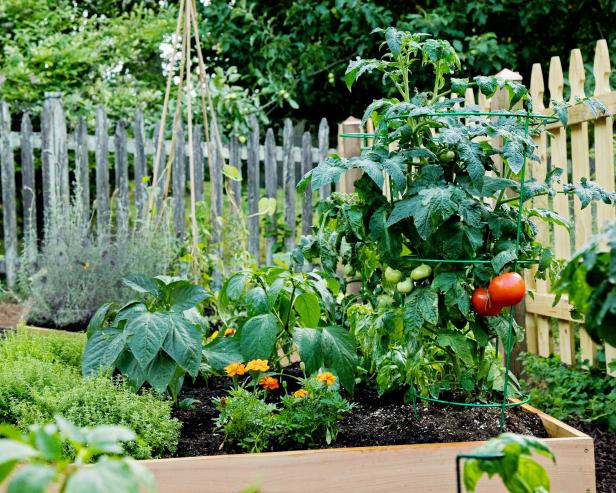
Shain Rievley
Most tomatoes take about 100 days to produce fruit, so choose a fast-growing variety if you plant in July. 'Early Girl' is ready to harvest in about 50 days.
- Asian greens
- Beets
- Broccoli
- Beans (Bush beans usually mature faster than pole beans)
- Cabbage
- Carrots (plant no later than mid-July)
- Cauliflower
- Collards
- Cucumbers
- Kale
- Leeks
- Lettuce (heat-tolerant and bolt-resistant varieties)
- Peas
- Pumpkins
- Radishes
- Squash
- Swiss chard
- Tomatoes (from transplants; also, temperatures must be below 90 degrees or fruits won't set)
- Zucchini
What to Plant in July in Cooler Regions
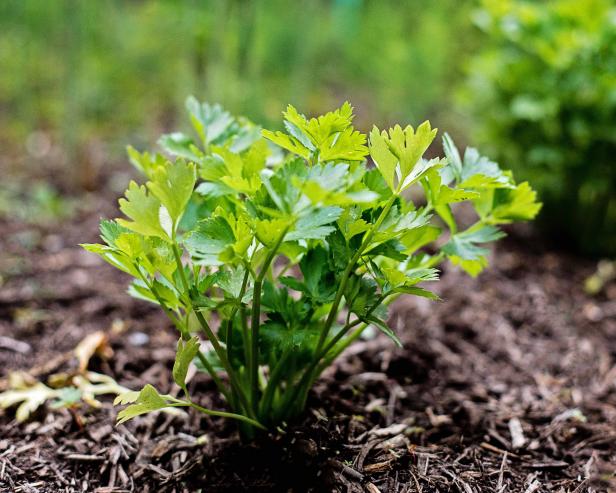
Shain Rievley
Parsley is an easy-to-grow herb that's ready to pick about eight weeks from sowing.
Herbs to Plant in July
July is also a good time to plant fast-growing herbs like cilantro, basil, parsley, oregano, rosemary, chives, dill, sage and thyme. Start them from seeds or buy young plants. If you want to bring them indoors to overwinter, pot them up in containers and keep them in a bright window.
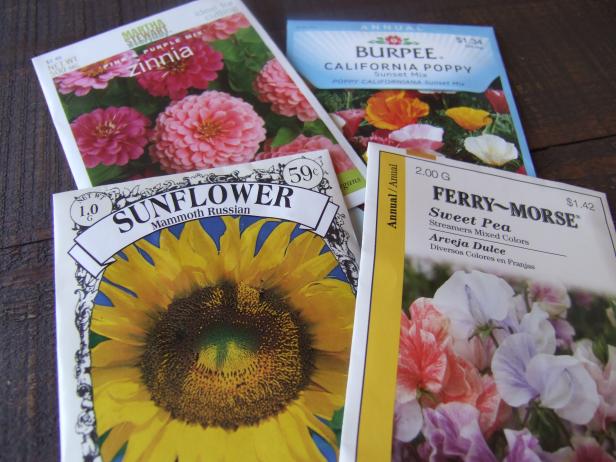
Julie Martens Forney
Flower seed packets usually give you basic growing information, such as the best months to plant the seeds.
Flowers to Plant in July
Although you can plant perennials at any time of the year — as long as your soil isn't frozen or too wet to work — they're best planted in spring or fall. That gives them time to develop new roots and get established before the summer heat sets in. If you plant perennials in July — and you may find them discounted at that time — keep them watered and mulched.
You can also grow annual flowers from transplants or sow the seeds of fast-growing annuals in July.
Consider these:
- Alyssum
- California poppies
- Cleomes
- Cornflowers
- Cosmos
- Marigolds
- Morning glories
- Pentas (may come back as perennials in warm climates)
- Sunflowers
- Zinnias
Tips for Success When You Plant in July
- Garden in the morning or early evening when it's cooler and less stressful for plants. Cloudy days are also good.
- If it's very hot in July, protect young plants from the sun with a floating row cover or shade cloth.
- Keep seedlings and young plants consistently moist. Don't let seedbeds dry out.
- If your plants or seeds didn't make it this far, try growing drought-tolerant succulents instead. Give them at least partial sun. Pot them up to enjoy as houseplants before the temperatures drop.
- Mulch your plants with weed-free straw or shredded leaves to hold down weeds and help retain moisture.
- If you're out of room in your garden, plant in containers or window boxes. One advantage: You can move them into the shade if needed.

.-Battle-on-the-Beach-courtesy-of-HGTV.-.jpg.rend.hgtvcom.196.196.suffix/1714761529029.jpeg)





